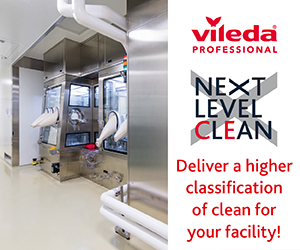Joint research in the US and Chile has confirmed copper as an additional weapon in the fight against healthcare-associated infections by demonstrating its efficacy in a major paediatric hospital where it contributed to a safer environment for vulnerable patients.
The spread of infections via frequently-touched surfaces surrounding patients is a serious concern in modern healthcare. While cleaning can remove pathogens from hard surfaces, they can be recontaminated within minutes. Touch surfaces made from copper offer a complement to cleaning and disinfection – thanks to the metal’s inherent and continuous antimicrobial properties – and they were put to the test by Dr von Dessauer and her team in Santiago, Chile.
They conducted the new research at the city’s oldest paediatric facility: the 249-bed Roberto del Rio Hospital. It involved 16 rooms in Paediatric Intensive Care and Paediatric Intermediate Care. The first step was to determine a base level of bacteria on frequently-touched surfaces. The team found contamination levels exceeded the proposed safe threshold of 500 colony-forming units (cfu) per 100cm2, convincing them that these surfaces posed the same risk level as that reported in adult ICUs, where copper has been reported to reduce infections by more than half.
The most highly-contaminated and frequently-touched surfaces were identified as bed rails and levers, IV poles, tap handles and healthcare workstations, so these were targeted for upgrade to copper. Bacterial levels on the copper surfaces, and corresponding non-copper surfaces in control rooms, were measured twice monthly for 12 months, and the results compared.
The copper surfaces were found to harbour, on average, 88% fewer bacteria than those in the control rooms, and 94% contained bacterial concentrations below those recommended for total aerobic cfu immediately after terminal cleaning (500 cfu per 100cm2), regardless of when the room was last terminally cleaned. 58% of those copper surfaces also had concentrations below the limit of detection. In contrast, only 48% of the non-copper control items were below this critical level, with only 3% of the control objects found to be below the limit of detection.
The researchers concluded that copper surfaces should be considered for facilities seeking no-touch disinfection technologies to reduce the spread of healthcare-associated infections.




